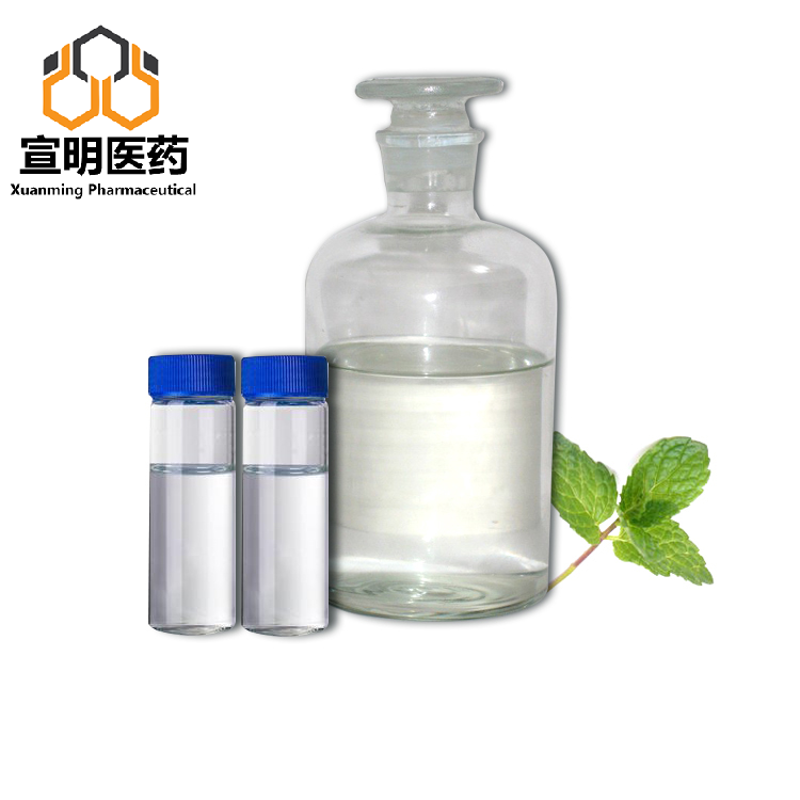Scandinavian winter swimming culture combines cold water soaking with hot steam sauna
Now, a study of young people who regularly participate in this extreme activity has found that winter swimming can adapt the body to extreme temperatures
"Our data emphasizes that BAT is part of the adult body temperature regulation system, and it works with skeletal muscle and blood flow
In this study, Scheele and collaborators studied whether Scandinavian winter swimming is related to changes in body temperature and made winter swimmers more adaptable to cold and heat
To this end, the first author of the paper, Susanna Soberg of the University of Copenhagen recruited 8 young male winter swimmers, who regularly winter swim or alternately bathe in cold and hot water every week for at least 2 years
"We thought that the winter swimmers would have more BAT than the control group, but it turns out that their body temperature regulation ability is better
In the preliminary test, the participant soaked one hand in cold water for 3 minutes
In another test, the researchers used an adjustable system-composed of two blankets filled with water to control and lower the body temperature of the participants
Next, the researchers used positron emission tomography to measure the activation of BAT at a comfortable temperature
During cold exposure, BAT activity increased in both groups of participants
The researchers also observed the thermoregulation of the two groups of people throughout the day at a comfortable temperature
However, the researchers said that the sample size of this study was small, and there were no female participants, and it was impossible to draw a causal conclusion about the direct effect of winter swimming on temperature regulation or BAT
However, considering that BAT activity is associated with a lower risk of metabolic diseases, these findings may have important health implications
"Our research results show that winter swimming is an activity that can increase energy expenditure and may help lose weight or control weight
Related paper information: https://doi.
https://doi.
org/10.
1016/j.
xcrm.
2021.
100408
This article is an English version of an article which is originally in the Chinese language on echemi.com and is provided for information purposes only.
This website makes no representation or warranty of any kind, either expressed or implied, as to the accuracy, completeness ownership or reliability of
the article or any translations thereof. If you have any concerns or complaints relating to the article, please send an email, providing a detailed
description of the concern or complaint, to
service@echemi.com. A staff member will contact you within 5 working days. Once verified, infringing content
will be removed immediately.







